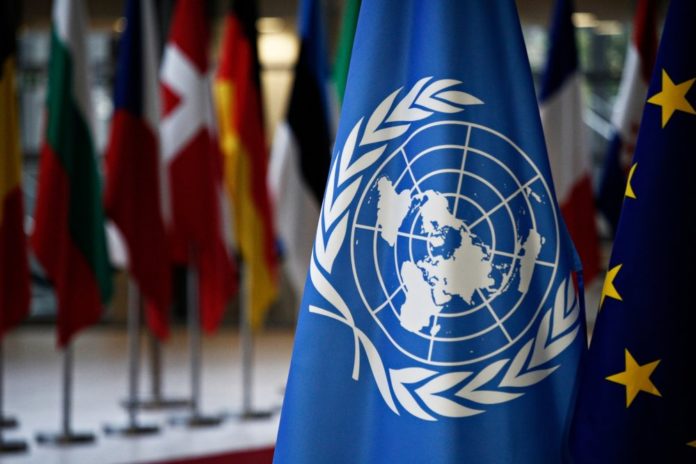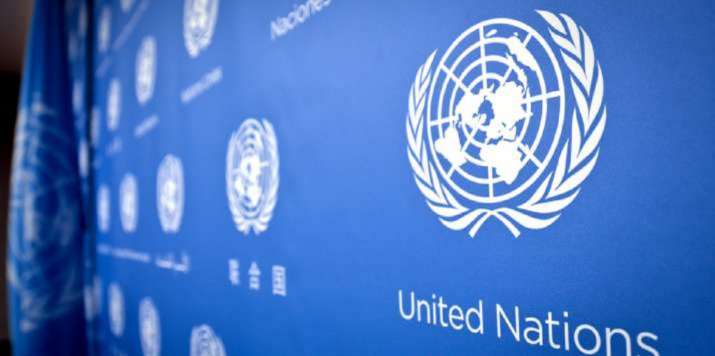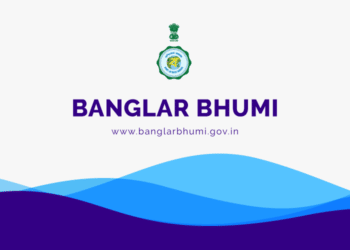India at United Nations’ High-Level Political Forum (HLPF) that there is no “one size fits all” approach to localizing the Sustainable Development Goals (SDGs). Speaking at the forum, India’s permanent representative on the United Nations, TS Tirumurti, commented that nations can learn from each other’s experiences, but there cannot be a generalised approach.
Speaking at the forum, “How can localization of SDGs contribute to leaving no one behind?”
Tirumurti said that localization will clear the path to implementation even with the Covid-19 pandemic, which has hit globally. He further said that the pandemic has also threatened to disrupt the “decade of action”.
“In spite of the pandemic, we have seen remarkable progress in some crucial goals, for example in Goal 3 (Good Health and Well-Being), Goal 6 (Clean Water and Sanitation), Goal 7 (Affordable and Clean Energy), Goal 11 (Sustainable Cities and Communities) and Goal 12 (Responsible Consumption and Production).”
The National Institute of Transforming India (NITI Aayog) has been coordinating the implementation of the Goals set for 2030 in India and also helped develop the vision documents.
“It goes without saying that we need to work together collectively to ensure that all countries, especially vulnerable ones, stay their course on the 2030 SDG Agenda,” Tirumurti said.
He further said that after the fiscal decentralization, the government took forward in 2015-16 the implementation of local development plans by the local government integrating SDGs into them.

Since 2018 NITI Aayog annually publishes the ‘SDG India Index’, ranking performances by the states in the implementation of the goals with the help of globally-accepted methodology. Acting as a productive analyzing tool, the index helps the policy-makers to design better initiatives and even bridge the gap.
“The utility of the Index extends beyond progress monitoring – it has implemented cooperative and competitive federalism in the true spirit of democracy and good governance,” he further said.

The United Nations developed a 2030 Agenda, to achieve the set goals by the year 2030, with collective and sustainable efforts. He underlines the sub-national and local level vision documents created by the government, with the help of NITI Aayog, which have helped India with its Aspirational District Programme (ADP).
HE said that the localization helped over 100 districts in India in the sectors of health, education, agriculture, infrastructure, and skill development.
The appraisal report released by UNDP this year, backed the program as it has been a “successful global model” to localize the goals at the district level.
Also Read: Human-Animal Strife, One Of The Greatest Threats To Wildlife: WWF And UNEP
















